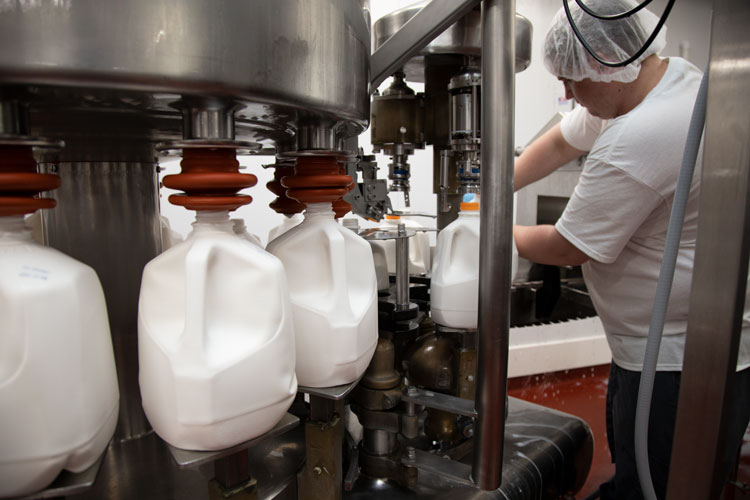
On-farm processing of milk into various dairy products has become more and more popular for farmers, but that doesn’t mean it’s simple to do.
The Value-Added Working Group at Penn State is one example of a team focused on helping dairy farmers be successful in their processing journey. They recently presented an overview of considerations to make when starting one of these businesses on your dairy farm, including what some current value-added operators said are the most difficult parts of their enterprise.
Here are the top three challenges that processing producers reported and a few tips to manage them.
1. Regulations
Government regulations, testing requirements, and meeting the Food Safety Modernization Act standards were most concerning to farmers by a landslide. Just like the regulation of fluid milk, processed products are highly regulated to ensure food safety.
Kerry Kaylegian of Penn State identified a few of the main federal regulations to keep in mind. The Code of Federal Regulations lays out standards for specific products and should be consulted when you decide on types of products to process. All food manufacturers must register with the FDA, as well, which is free to do. The Food Safety Modernization Act requires routine safety testing, food safety training for all employees and a hazard control plan, Good Manufacturing Practices (GMPs) for the plant, and sanitation and allergen prevention measures.
Individual state laws will vary. State governments will approve facilities and issue permits, generally deferring to the guidelines of the Pasteurized Milk Ordinance (PMO). Consider checking in with your local extension agents for guidance on what your state requires.
2. Marketing
Once you have the permits to process milk, you must determine how to sell the end result. Knowing your product and your customer base is vital in developing your market, whether on-farm or off. Think of these four P’s when brainstorming a marketing plan:
- Product: What are you providing that is new or better than your competitors? Determine both your primary and secondary markets and consider what needs or desires those customers will value.
- Price: Calculate your cost of production. Setting the price for your products will determine a lot about how the product is positioned in the buyer’s mind.
- Place: Would an on-farm location be feasible, or would retail outlets be more desirable? Do you want to sell directly to consumers or to an intermediate buyer?
- Promotion: This encompasses everything to make your business known, from advertising to online media to community involvement. Be sure to share a consistent message.
3. Labor management
By adding another leg to your farm business, responsibilities will likely need to be shifted around and updated. Take the time to evaluate and experiment with labor loads to find what you need and what will work.
Understanding how the farm and processing facility will communicate with each other is critical to create a consistent product. You’ve probably thought about the motivations behind starting the value-added process, and these answers will help decide which roles of expertise may be best suited for each existing member of your farm team or if outside labor needs to be hired. For food safety reasons, farm and processing duties should be separated.
Dairy processing is not simple, and like any business it requires thoughtful planning. With the right tools and personnel, it can become a successful part of your farm operation.








